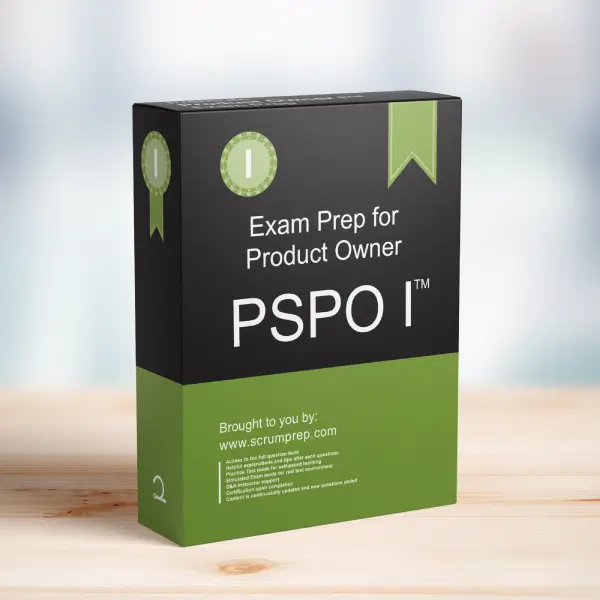The Relationship Between the Product Owner and Stakeholders
In Scrum, the relationship between the Product Owner and stakeholders is crucial for ensuring the product meets market needs and delivers value. Understanding the correct interaction methods is essential for effective product development.
Exam Question
What best describes the relationship of the Product Owner and the stakeholders? (choose the best answer)
- A. The Product Owner has the final call over the requirements and should involve the stakeholders as little as possible.
- B. The Product Owner writes the User Stories as provided by the stakeholders.
- C. The Product Owner provides the stakeholders with acceptance forms at the Sprint Review to record their formal agreement over the delivered software.
- D. The Product Owner actively asks for stakeholder input and expectations to process into the Product Backlog.
Correct Answer
D. The Product Owner actively asks for stakeholder input and expectations to process into the Product Backlog.
Explanation
Why D is Correct
D. The Product Owner actively asks for stakeholder input and expectations to process into the Product Backlog:
The Product Owner’s role involves continuous interaction with stakeholders to gather their input, understand their needs, and incorporate their expectations into the Product Backlog. This ensures that the product being developed aligns with stakeholder requirements and delivers maximum value.
Explanation of Incorrect Options
Why A is Incorrect
A. The Product Owner has the final call over the requirements and should involve the stakeholders as little as possible:
While the Product Owner does have the final say on the order of the Product Backlog, involving stakeholders as little as possible goes against the collaborative nature of Scrum. Regular stakeholder engagement is necessary to ensure the product meets their needs.
Why B is Incorrect
B. The Product Owner writes the User Stories as provided by the stakeholders:
The Product Owner does not merely transcribe stakeholder input into User Stories. Instead, the Product Owner collaborates with stakeholders to understand their needs and translates these into actionable Product Backlog items, which may include more than just User Stories.
Why C is Incorrect
C. The Product Owner provides the stakeholders with acceptance forms at the Sprint Review to record their formal agreement over the delivered software:
The Sprint Review is an interactive event where the Scrum Team and stakeholders inspect the Increment and discuss the progress. It is not about formal acceptance but about collaboration, feedback, and adaptation.
Responsibilities in Scrum
- Product Owner:
- Stakeholder Engagement: Regularly interacts with stakeholders to gather input and ensure their needs are reflected in the Product Backlog.
- Decision Making: Has the final say on the order of the Product Backlog items, ensuring they are aligned with business goals and stakeholder expectations.
- Stakeholders:
- Input Providers: Offer insights, feedback, and requirements that help shape the Product Backlog.
- Review Participants: Actively participate in Sprint Reviews to provide feedback on the Increment and discuss future directions.
- Scrum Master:
- Facilitator: Ensures effective communication and collaboration between the Product Owner and stakeholders.
Relevance to the PSPO I Exam
Understanding the correct relationship between the Product Owner and stakeholders is crucial for the PSPO I exam. It highlights the importance of collaboration, continuous feedback, and adaptive planning in Scrum.
Conclusion
The Product Owner’s active engagement with stakeholders is vital for the success of the product. By incorporating stakeholder input and managing their expectations, the Product Owner ensures that the product delivers value and meets market needs.
For comprehensive preparation and practice exams, check out PSPO I Exam Prep to enhance your understanding and application of Scrum principles.


